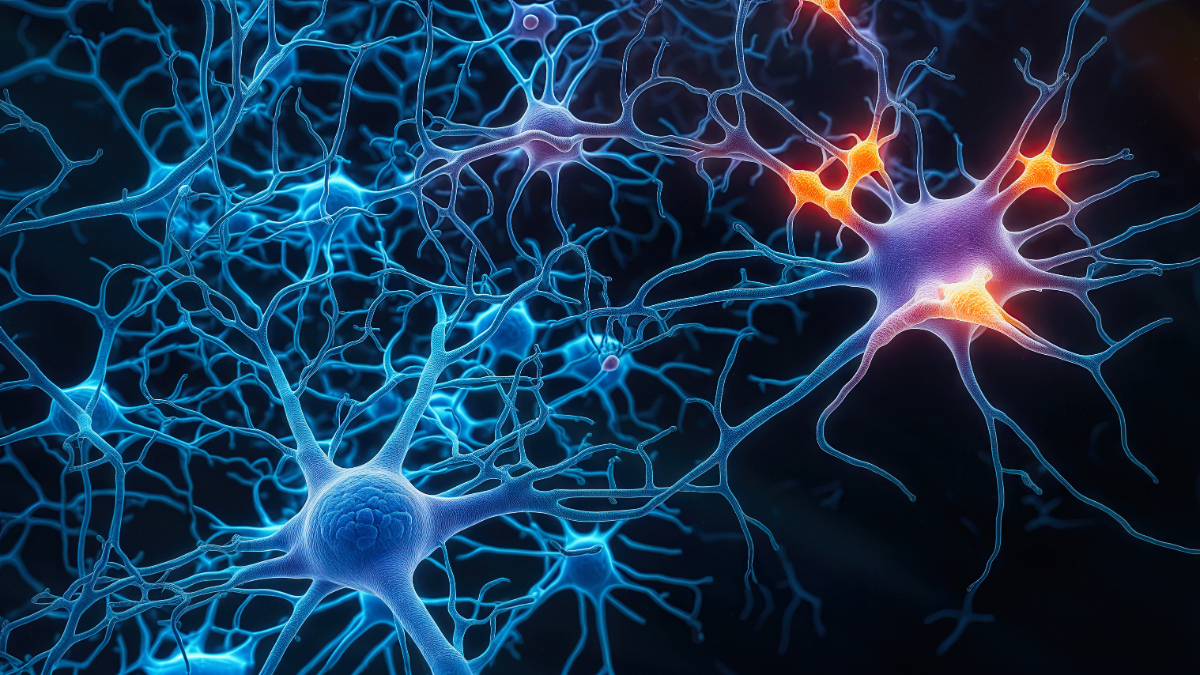Neurodegenerative disorders
Identifying the common pathological features

A cascade of aggregation
Many neurodegenerative disorders, such as Alzheimer’s disease, share common pathological features including the misfolding and aggregation of tau proteins. Normally, cellular mechanisms degrade these proteins into their components for recycling.
The only tau-targeting
therapy awaiting MHRA decision
We are researching treatments that have the potential to modify the disease course in conditions that involve protein aggregation pathology. We are investigating a class of drugs known as Tau Aggregation Inhibitors (TAIs), which interfere with the abnormal aggregation process and formation of tau tangles. Tau aggregates are thought to be particularly toxic to nerve cells. To our knowledge, no other company in the world has a TAI pending approval for widespread use by the Medicines and Healthcare products Regulatory Agency (MHRA).
- Alzheimer’s disease
- Behavioural variant frontotemporal dementia or bvFTD
- Chronic traumatic encephalopathy
- Progressive supranuclear palsy
- Cortico-basal degeneration
- Parkinson’s disease
- Huntington’s disease
- Amyotrophic lateral sclerosis
Global cost of dementia (USD)*
*Latest available statistics from the World Health Organization


